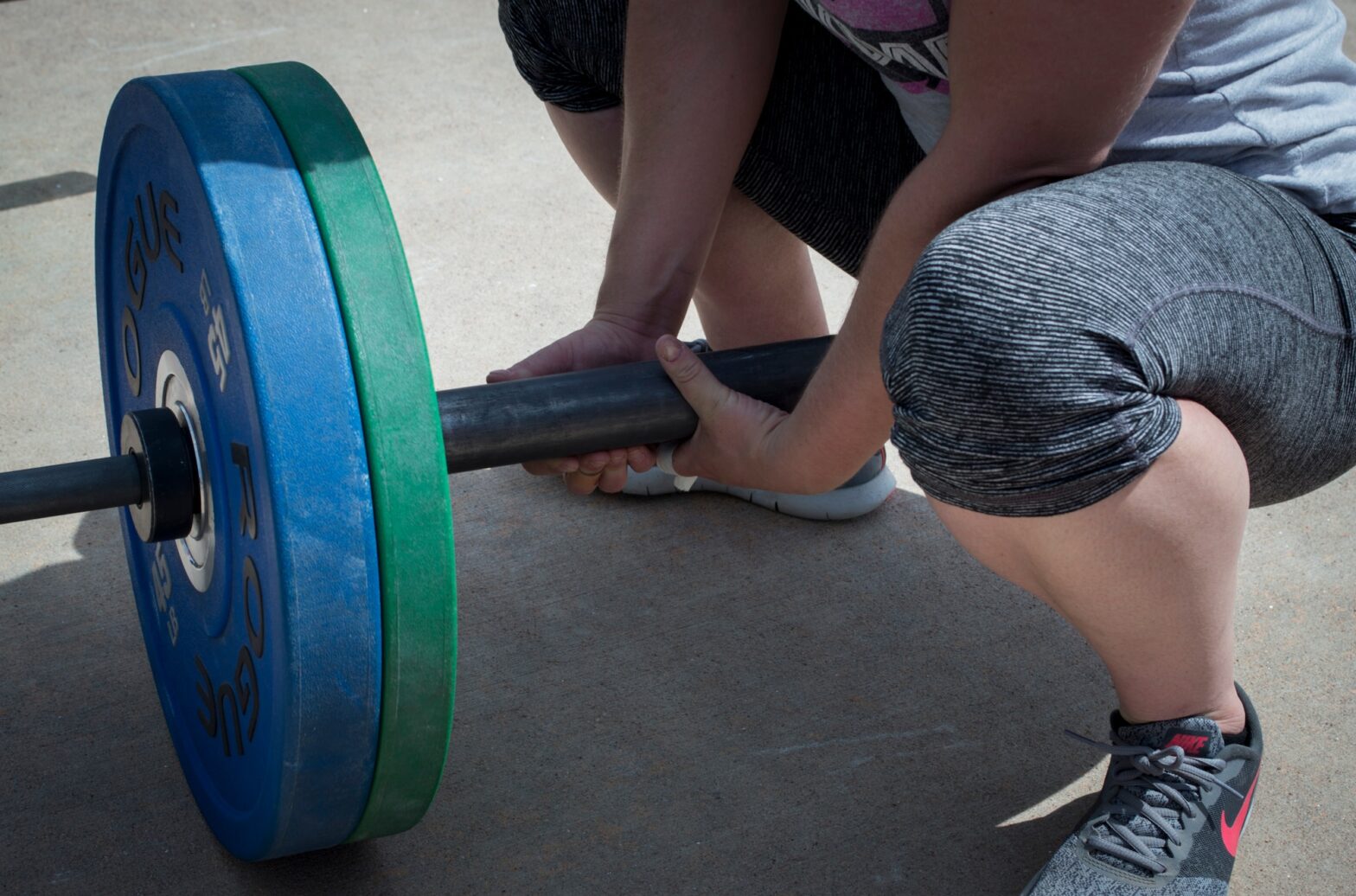Exercise And Diabetic Foot Care
Do you know that staying active can be a powerful tool in managing diabetes? Exercise is not just for athletes; it’s a key part of a healthy lifestyle, especially for people with diabetes. In this article, we’ll explore how exercise can help control blood sugar levels and improve diabetic foot care.
Exercise and Blood Sugar Control
When you have diabetes, your body doesn’t produce enough insulin or can’t use insulin properly. Insulin helps your body turn sugar (glucose) from food into energy. Without enough insulin, sugar builds up in your blood, leading to high blood sugar levels.
How Does Exercise Help?
- Muscle Power: When you exercise, your muscles use glucose for energy. This helps lower your blood sugar levels.
- Insulin Sensitivity: Regular physical activity can make your body more sensitive to insulin. This means your body needs less insulin to do its job.
- Weight Management: Exercise can help you maintain a healthy weight, which is important for managing diabetes.
Research Shows the Benefits
Many studies have shown the positive impact of exercise on blood sugar control. For example, a study published in the Journal of the American Medical Association (JAMA) found that people with type 2 diabetes who engaged in moderate-intensity exercise for 30 minutes a day, five days a week, experienced significant improvements in blood sugar control.
Diabetic Foot Care and Exercise
Diabetic foot care is crucial for people with diabetes. High blood sugar levels can damage nerves and blood vessels in your feet, leading to serious complications like ulcers and infections.
How Does Exercise Help?
- Improved Circulation: Exercise helps improve blood flow to your feet, which can help prevent complications.
- Stronger Muscles: Regular physical activity can strengthen the muscles in your feet and legs, improving balance and reducing the risk of falls.
- Weight Management: Maintaining a healthy weight can reduce the pressure on your feet and ankles.
Tips for Safe and Effective Exercise in Diabetes
- Consult Your Doctor: Before starting any new exercise program, talk to your doctor to get their approval.
- Choose Activities You Enjoy: Find activities that you like, whether it’s walking, swimming, dancing, or biking.
- Start Slowly and Gradually Increase Intensity: Begin with short, low-intensity workouts and gradually increase the duration and intensity as you get fitter.
- Listen to Your Body: Pay attention to how you feel and take breaks when needed.
- Check Your Feet Regularly: Inspect your feet daily for cuts, blisters, or signs of infection.
Conclusion
Exercise is a powerful tool for managing diabetes and improving diabetic foot care. By incorporating regular physical activity into your lifestyle, you can take control of your health and reduce the risk of complications. Remember to consult your doctor and start slowly to ensure a safe and effective exercise routine.
